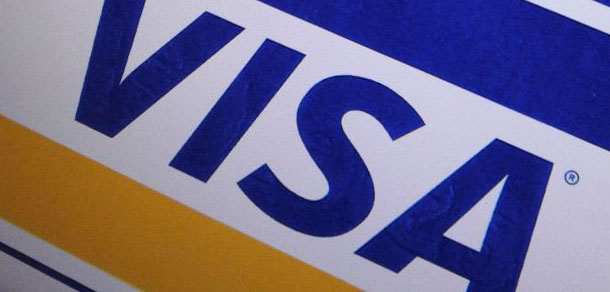Visa wearable payment stickers make authentication sticky
09 August, 2017
category: Contactless, Digital ID, NFC
In the latest bid to displace passwords, Visa is trying out a wearable payment sticker that would attach to consumers’ skin to enable transactions and other tasks. The move represents the latest move toward payment authentication via wearable devices and biometrics, and raises questions about the identity controls of such technology.
The concept involves a small wearable payment sticker technology that a consumer wears on the back of her hand or another easily-accessible place—no under-the-skin microchips for now. The consumer taps the sticker at a retailer point-of-sale terminal or against another web-connected device such as a coffee press or a grocery-ordering refrigerator to perform a transaction. To boost security, the transaction would use tokenization, which substitutes a unique digital code for the consumer’s payment information.
The wearable payment stickers use tokenization, which substitutes a unique digital code for the consumer’s payment information, to boost security
The new Visa payment authentication concept follows the test at the 2016 Summer Olympic Games of a Visa contactless ring that also enabled payments and transactions. Ideally, consumers using wearable payment stickers and other devices that allow for wearable payments would be able to turn their accounts off and on via their credit card mobile apps—say, if a ring or sticker were lost or stolen—though it remains unclear what kinds of parental controls such technology might have were they to hit the mainstream. A Visa spokeswoman had no details about that but confirmed that is an issue for future development.
From wearable payment stickers to authentication via biometrics
Visa is hardly a stranger to using wearables and biometric for payment authentication. It has introduced contactless payment bracelets in Australia, for instance, and is working with biometric identity firm BioConnect, to further the use of biometric authentication via a mobile app that creates multiple biometric markers, another way to reduce the use of passwords.
That could enable consumers who have a difficult time using one biometric payment and transaction process to easily switch to another on a mobile phone. For instance, a consumer might not be able to authentication himself through a mathematical representation of his fingerprint because his fingers might be too damp after, say, washing dishes or working out in the humid air.
And Visa’s rivals are hardly standing still when it comes to prepping the ground for biometric payments. Mastercard, for instance, was last year granted a patent for what the payment card network describes as an all-in-one device on which consumers can use both PINs and biometric authentication to pre-approve transactions, including ATM withdrawals. It remains unclear if and when Mastercard will develop that product.



